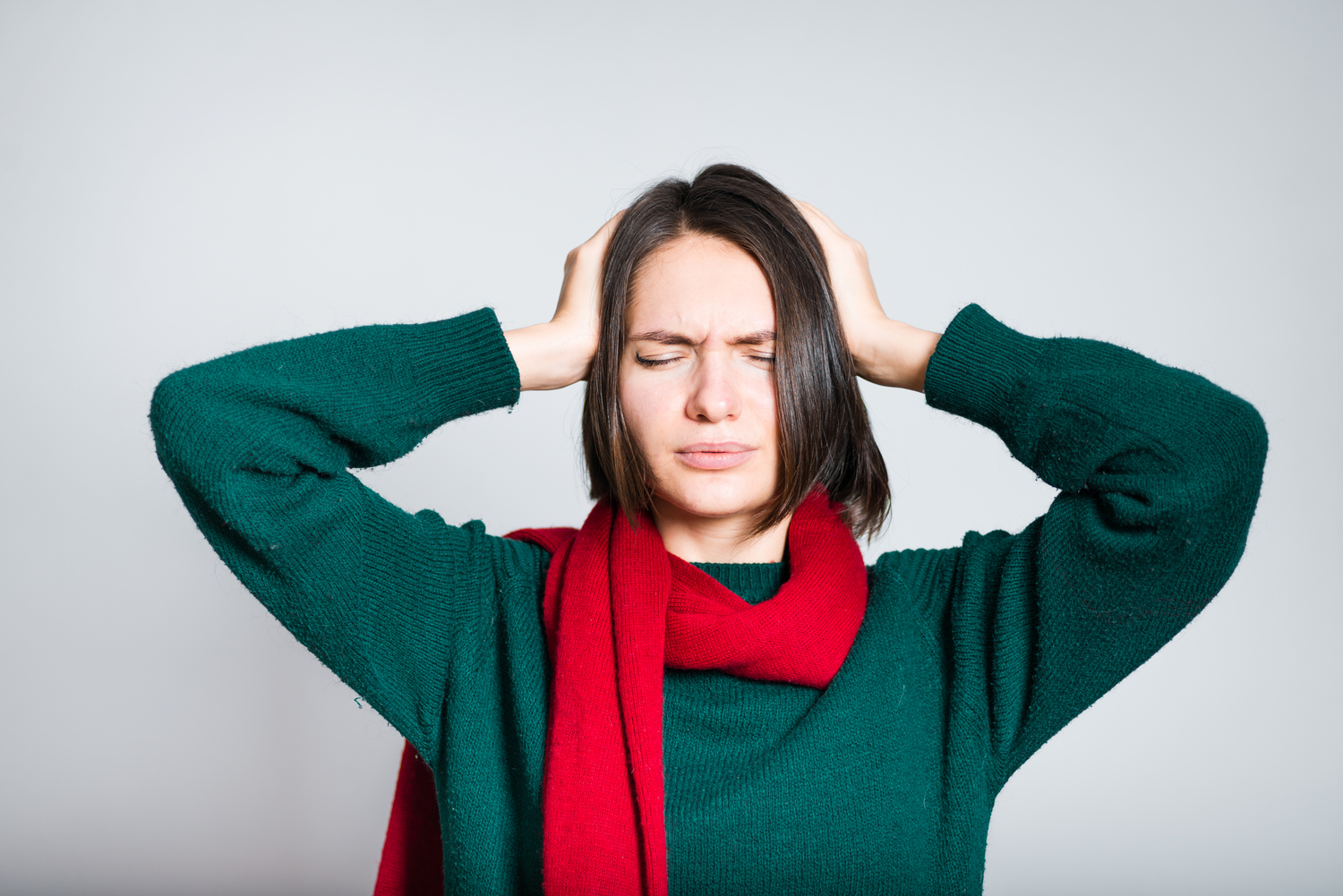Top 11 Common Triggers for Migraine Pain
Discover the key factors that can trigger migraines, from genetic predisposition and hormonal changes to lifestyle and environmental influences. Learn how understanding these causes can help manage and reduce the frequency of migraine attacks, improving quality of life. This guide offers practical tips for identifying triggers and maintaining a healthier routine to cope better with this common neurological condition.
Top 11 Common Triggers for Migraine Pain
Migraine headaches can significantly impact daily life. Characterized by throbbing or pulsing sensations on one side of the head, these episodes may last hours or days, disrupting normal activities. Affected individuals often experience symptoms like blurred vision, flashes of light, dizziness, nausea, and sensitivity to sound and light. With approximately 12% of the global population affected, migraines are one of the most common neurological disorders and are the sixth leading cause of disability worldwide. Though causes are not fully understood, certain factors increase susceptibility.

If diagnosed with migraines, sufferers often report a pulsating pain localized on one side of the head. These episodes can severely interfere with daily routines. While research has yet to determine definitive causes, it is believed that chemical imbalances in the brain, particularly involving serotonin, play a role. Several known factors heighten the risk of migraines, including genetic predisposition, hormonal shifts, environmental triggers, and lifestyle choices.
Genetic factors: Family history significantly influences migraine risk. If relatives experience migraines, you are more likely to develop them as well.
Age: While migraines can affect any age group, they most commonly start during adolescence and peak in the 30s, gradually declining thereafter.
Hormonal fluctuations: Changes in estrogen levels can trigger migraines, especially in women. Hormone therapies or contraceptives may exacerbate or alleviate symptoms.
Gender: Women are three times more prone to migraines than men, highlighting hormonal and biological influences.
Nervous system activity: The trigeminal nerve detects facial sensations and can release pain-causing chemicals when serotonin levels drop, initiating migraine episodes.
Skipping meals: Fasting or irregular eating patterns can cause blood sugar dips, triggering headaches.
Dietary factors: Alcohol and caffeine intake are common triggers, with excessive consumption leading to migraines.
Sensory sensitivity: Exposure to bright lights, loud sounds, or strong odors can provoke migraines in susceptible individuals.
Physical exertion: Overexertion during exercise may cause headaches, emphasizing the importance of moderation.
Sleep disruptions: Both oversleeping and sleep deprivation can threaten triggers for migraine attacks.
Medication overuse: Frequent use of migraine medications (more than 10 days a month) can lead to rebound headaches, worsening the condition.
By identifying and avoiding these triggers along with maintaining a healthy lifestyle, managing migraines becomes more feasible, allowing sufferers to live more comfortably with the condition.
Note:
The information provided here aims to offer valuable insights for those experiencing migraines. However, it should not replace professional medical advice. We disclaim responsibility for potential discrepancies across different sources or personal experiences. Always consult a healthcare professional for diagnosis and treatment options.










